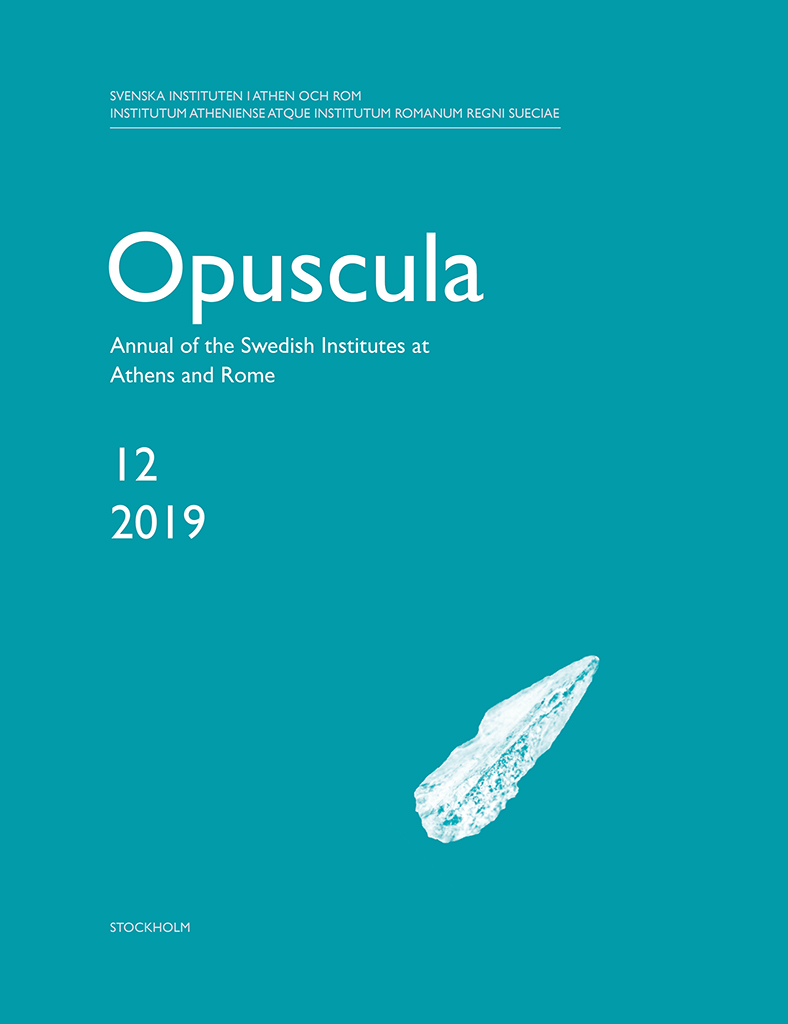Opuscula 16 is published by the Swedish Institutes at Athens and Rome. Distributed by Eddy.se AB. View volume at ERIH PLUS. All content available with open access. The humans of ancient Hermione. The necropolis in the light of bioarchaeology By Anna Tornberg Abstract Bioarchaeology has the potential to substantially inform about ancient lifeways through osteological analyses of the remains of the once-living individuals. This article provides insights of the demography and health of the people of ancient Hermione (Geometric–Roman period). A minimum number of 85 individuals from the Hermione necropolis was osteologically analysed. Although the analysis was limited by taphonomic processes and the long period of use of the necropolis, the results point towards a population affected by urban hazards, such as infections, high child mortality, and, possibly, decreased opportunity to survive into senescence. Further, stunted growth, evidence of general stress primarily in the juvenile skeletal assemblage, and a possible case of child abuse informs of the hardships experienced by children in ancient Hermione. The osteological analysis also confirms that the two individuals buried in the “Warrior Tomb” were of both sexes. The skeletal remains were unfortunately too poorly preserved for detailed analyses of trauma or other health-related patterns. The…
All content of Opuscula 12 (2019) is available with open access. Printed edition distributed by Eddy.se AB. Also available at Amazon.com, Adlibris, and Bokus. View volume at ERIH PLUS. Physical environment and daily life in the Sanctuary of Poseidon at Kalaureia, Poros. The bioarchaeological remains By Arto Penttinen (Swedish Institute at Athens, Greece) & Dimitra Mylona (INSTAP Study Center for East Crete, Greece) Abstract The section below contains reports on bioarchaeological remains recovered in the excavations in Areas D and C in the Sanctuary of Poseidon at Kalaureia, Poros, between 2003 and 2005. The excavations were directed by the late Berit Wells within a research project named Physical Environment and Daily Life in the Sanctuary of Poseidon at Kalaureia (Poros). The main objective of the project was to study what changed and what remained constant over time in the everyday life and in both the built and physical environment in an important sanctuary of the ancient Greeks. The bioarchaeological remains, of a crucial importance for this type of study, were collected both by means of traditional archaeological excavation and by processing extensively collected soil samples. This text aims to providing the theoretical and archaeological background for the analyses that follow….


